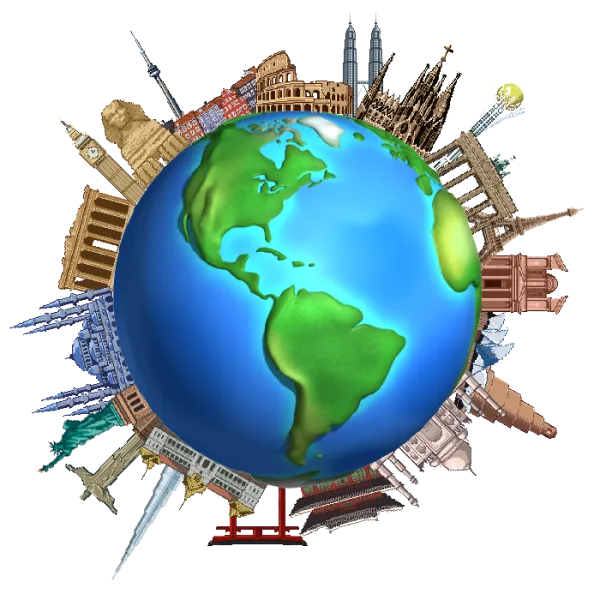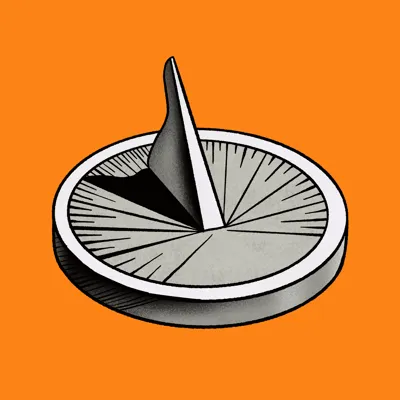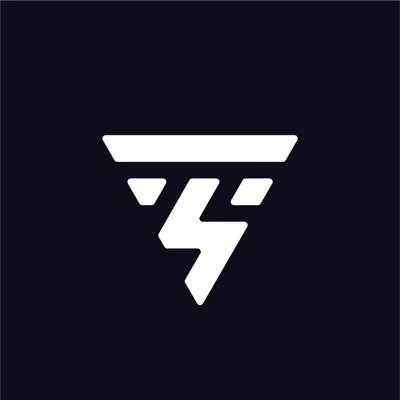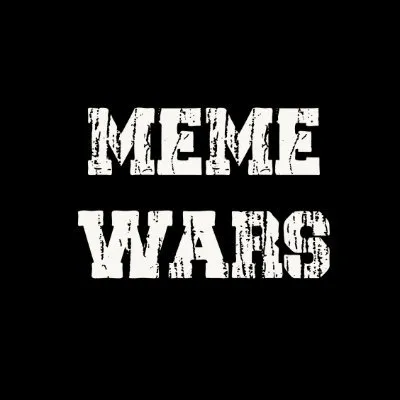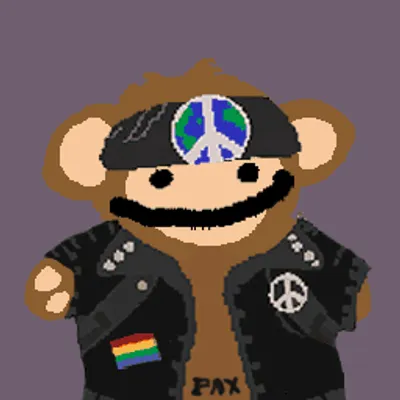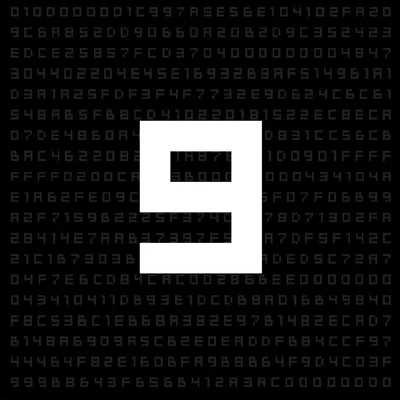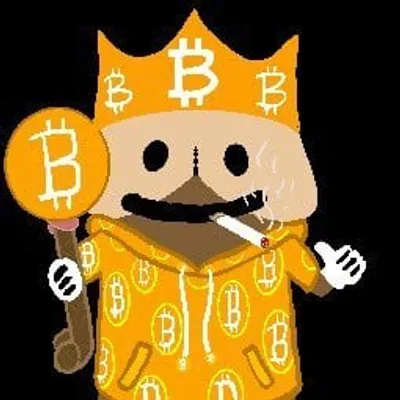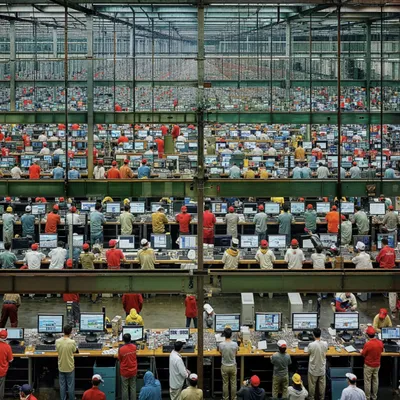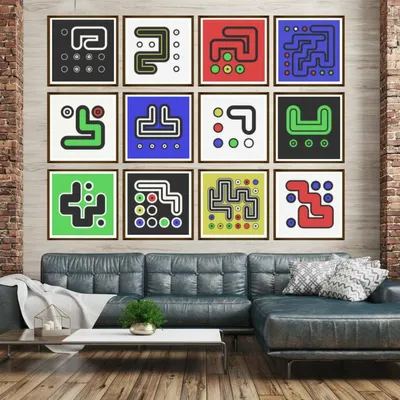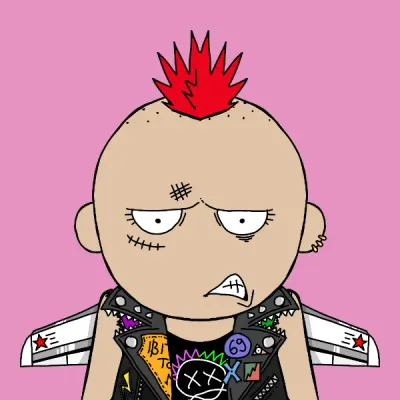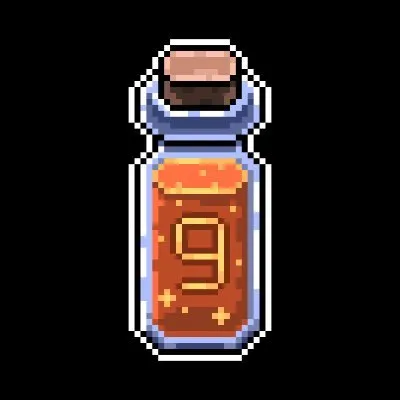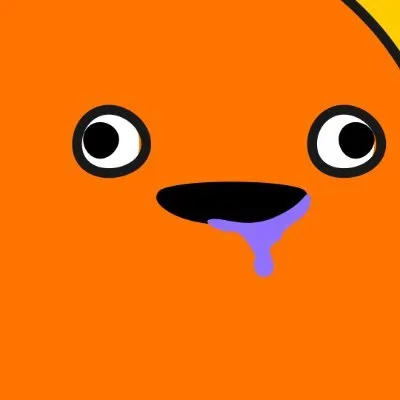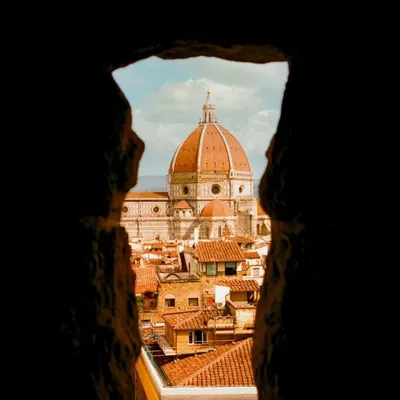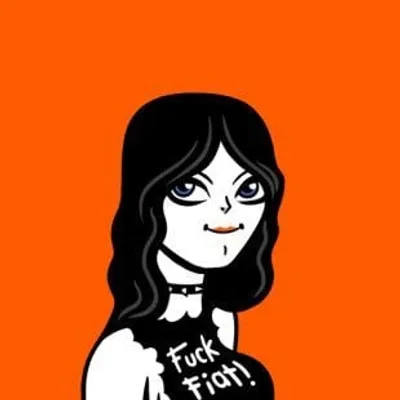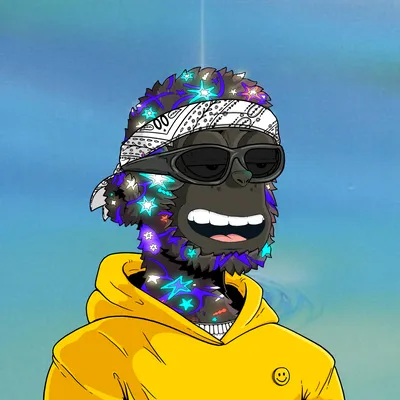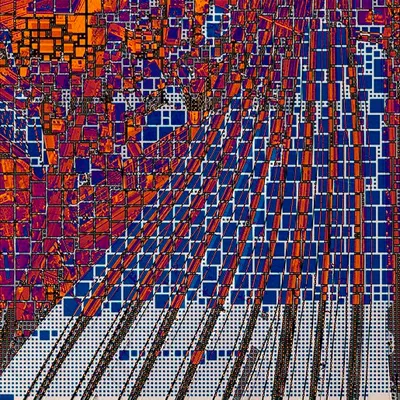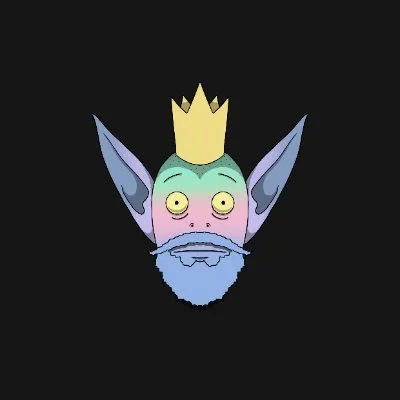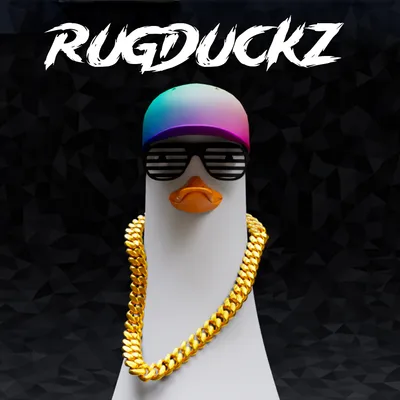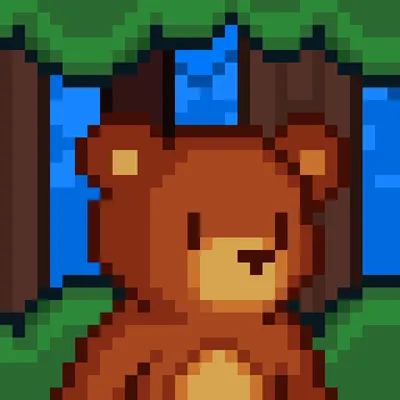NFT Drops Today: What You Need to Know
What is an NFT Drop calendar?
Knowing the Types of NFT Drops
- First come, first serve. Here an artist will mint an NFT collection, and the public sale is open to whoever purchases the NFTs first. Sometimes collections sell out in seconds and other times it takes weeks or they don't sell out at all. Normally, NFT project creators limit the number of NFTs an individual wallet can purchase.
- Open edition drops. This type of drop means an NFT creator can mint as many NFTs in a collection as they want within a set time. Once the time is up, the number of minted NFTs is the amount of NFTs that the collection will contain and the rest of the NFTs that were not minted are destroyed.
- English auctions. This type of auction usually happens on curated marketplaces such as Foundation and SuperRare. Creators offer 1/1 exclusive NFTs and auction them off in a manner that's similar to traditional art auctions.
- Dutch auction. This type of auction uses a declining price format. Before the auction, bidders are informed of a high starting price. When the auction begins, the price is reduced until someone makes a bid. Art Blocks has experimented with Dutch Auctions in NFTs.
Rarity Sniper: How to Find an Exclusive NFT Drop
There are several ways to learn about NFT drops, and since new NFT projects are being released
every day, there's no shortage to choose from. One good way to check for upcoming NFT drops is to
check marketplaces such as OpenSea, MagicEden, SuperRare, and others.
Avoiding Scams in the NFT World
What to Look for in an NFT Drop
- The roadmap. This is basically the plan the NFT project has for the future. Are the plans interesting, original, and well-thought-out? Do they seem realistic or like they could bring value to NFT holders?
- Community. Check the project's Twitter and Discord channels to get a sense of whether the community is active. Ask the project developers a question to see how they respond. Be aware that some projects pay for followers, so their Twitter and Discord numbers don't always accurately reveal community participation.
- Website. Any potentially successful NFT project should have a professional website.
- The team. Look into the team behind the project to see if they have the experience and skillsets necessary to pull off the project.
- Utility. Some NFTs can be used in play-to-earn games and others open doors to exclusive real-life memberships. Does the NFT project you're interested in have any real-world utility?
- Artwork. Finally, if you're going to invest in an NFT project, you should love the artwork and be proud to hold onto it for a while.
- Endorsements. If a project is endorsed by a major brand or celebrity it could have more of a chance of being popular.
If an NFT project contains all or most of these components, then you can be confident that it has a chance to be successful. However, there's no guarantee when it comes to buying an NFT at a drop that the digital asset will rise in value, so use your best judgment when you buy NFTs.
Steps for a Successful NFT Drop
- Tell a compelling story for your exclusive collection
- Build a strong team
- Create a solid smart contract
- Decide on a blockchain and NFT marketplace
- Build community through different channels
- Understand your audience
- Distribute your NFT drop fairly
- Make sure your website can handle the traffic that a successful drop will bring
- Create a strong roadmap that shows potential customers the utility your NFTs will bring to owners
- Create an incentive for people to want your NFT
Also, make sure to consider and anticipate all the problems that could potentially occur and work them out before it's time for your NFT drop. Website crashes, technical difficulties, and being exploited by bots, are just a few things that creators should be prepared for when dropping their NFT projects.
Upcoming NFT Projects
Glossary of NFT Drops terms
NFT Secondary Market:
There are two main ways to purchase NFT. The primary market is similar to the stock market, where
you can buy and sell stocks. The secondary market consists of multiple marketplaces, typically
dedicated to one blockchain. The price of NFTs can be found in both the primary and secondary
markets. The primary sale price is a good predictor of its future value. The secondary sale price
has a lower correlation. It is important to consider the price fluctuations in each of the two
markets when comparing prices.
The primary and secondary market volume of NFT has been dominated by Art since mid-July 2020.
Games and collectible assets have contributed 12% of the total transactions. The main NFTs
exchanged on the market are in the Collectible and Games categories. While Art dominated the
transaction volume in the past year, the share of its transactions has slipped in recent months.
In general, NFTs are worth more on the secondary market if they are valuable and can be sold.
NFT Floor Price:
The NFT Floor Price refers to the lowest price among all NFTs within a category. It does not mean
that you should buy the cheapest one in the entire project. The lowest price does not always mean
that it's the best buy. Rather, you should aim for the cheapest NFT in the category to get the
most value for your money. Some NFTs are rare, which means they are extremely expensive, and you
should seek out these for your projects only when they have a floor price.
An NFT's floor price is an important indicator for investors. Cheaper NFTs are less expensive,
which makes them more approachable for new people joining the project. The cheaper price ranges
fit better into the budget of a larger number of potential buyers and thus benefit from increased
visibility. Moreover, cheaper NFTs tend to have higher demand, as they are more affordable.
However, investors should consider that their investment should be judged based on market prices
and not solely on listing prices.
NFT Pre-sale Price:
Pre-sale price is for the whitelist member of the network and guarantees to the whitelist members the ability to mint their own NFTs before the general public sale, Pre-sale price can represent an amazing reward for those digital-tokens that are the Art NFT.
NFT Drops Calendar
Featured Drops
NFT Drops Today (October 29)
October 30
October 31
Essential cookies are required for our systems to work, they do things like help you navigate our website without losing previous actions, improve performance and cannot be disabled.
- Cloudflare
Analytics and advertising cookies allow us to count the number of visitors, to recognize and observe visitors to our website and to analyze interactions with our website and services. They also allow us to see what pages and links you have visited so we can provide more relevant user experiences. We share this information with other organizations such as Google, for the same purpose.
- Google Analytics
- Mixpanel
